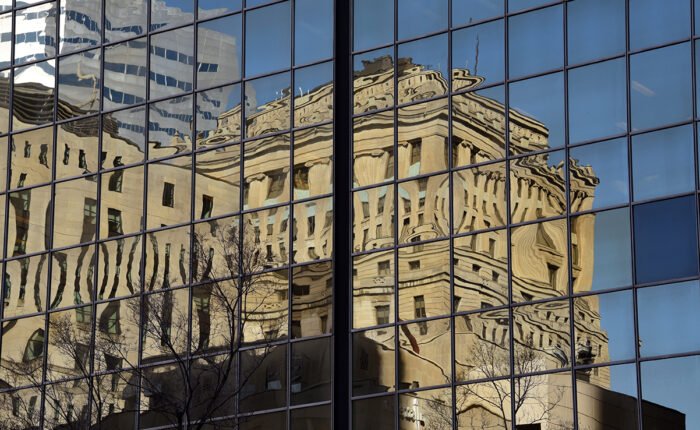You’re approved! Congratulations, you are on your way to owning a new home, or perhaps refinancing your current home. While for some people getting approved for a mortgage is the hardest part of
purchasing a new home, for others the hardest part is actually once the approval is obtained. There are steps after the approval that can be confusing and pose more challenges if you have never gone through the mortgage process before.
Here are a few things to expect during the completion phase, after you have been approved.
1. Approval & Compliance Conditions
After your application is approved, the lender will require additional documentation from you. It could be in regards to your income, the property itself, or your debts and/or assets. The documents that the lender requests are either for the lender’s internal requirements or are for governmental regulatory compliance. Most often they will ask for 30, 60 or 90 day itemized history of funds for your down payment, an up-to-date statement on your property or income taxes paid, or other documents that they may require.
Regardless, the compliance conditions that accompany an approval are just as an important part of the mortgage process as the approval itself as the lender will not fund the mortgage without them being satisfied.
2. Instructions
After all of your approval conditions have been satisfied by the lender, your mortgage will move to the instruction phase. What this means is that the lender will instruct the lawyer or notary (conveyancer) that they are ready to prepare and register the mortgage and disburse the funds. Before you engage a lawyer or notary to act on your behalf always check with your Mortgage Consultant as some lenders have approved solicitor/notary lists which your conveyancer may not be on. Note that the conveyancer that represents you also represents the lender so they are responsible to keep both your and the lender interests in mind.
3. Disbursement of Funds
The next step of the mortgage process is called disbursement. The lender provides the mortgage money (proceeds) to your lawyer in trust for future disbursement to the vendor’s lawyer. Money must not be disbursed unless the lawyer confirms, preferably in writing, that they are in a position to disburse the loan. How the mortgage funds are distributed will vary depending on your reason for
taking out the mortgage loan. For example, if you wanted a loan in order to consolidate an existing first and second mortgage, the lawyer will issue funds to the existing first and second mortgage lenders for amounts sufficient to obtain a discharge of both loans.
4. After Closing
After the funds have been disbursed, your mortgage file is taken over by the lender’s servicing department. That means that if you want to change your payment frequency or date, or change which account the payments come from, you should contact the lender directly. Near the end of your term, your mortgage broker will reach out to you to see if your financing needs have changed and explore how best to renew or refinance your mortgage.


